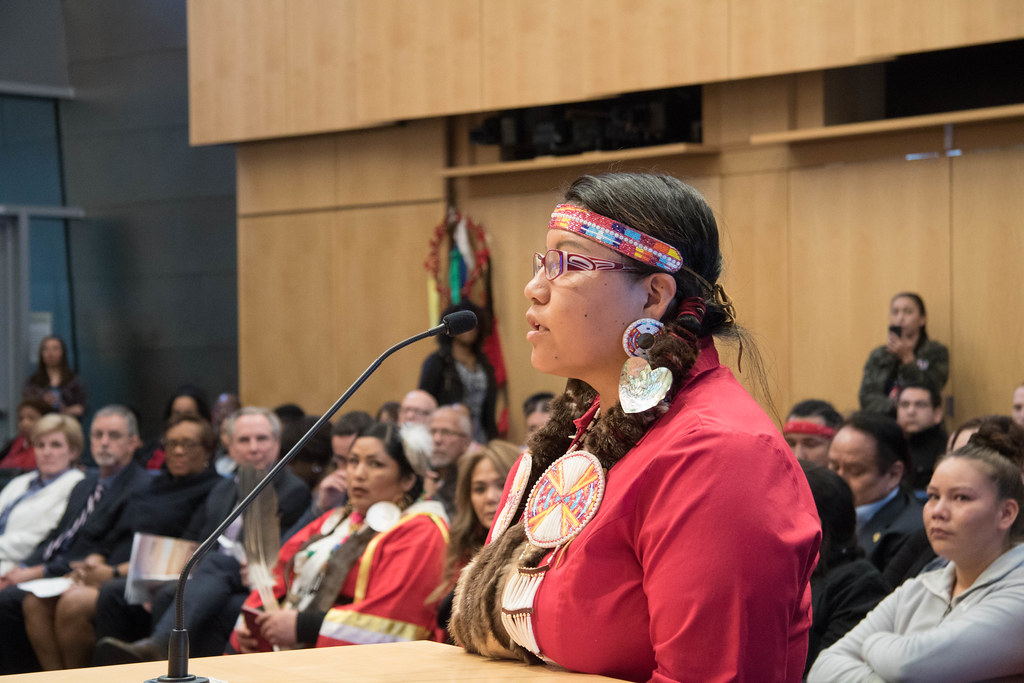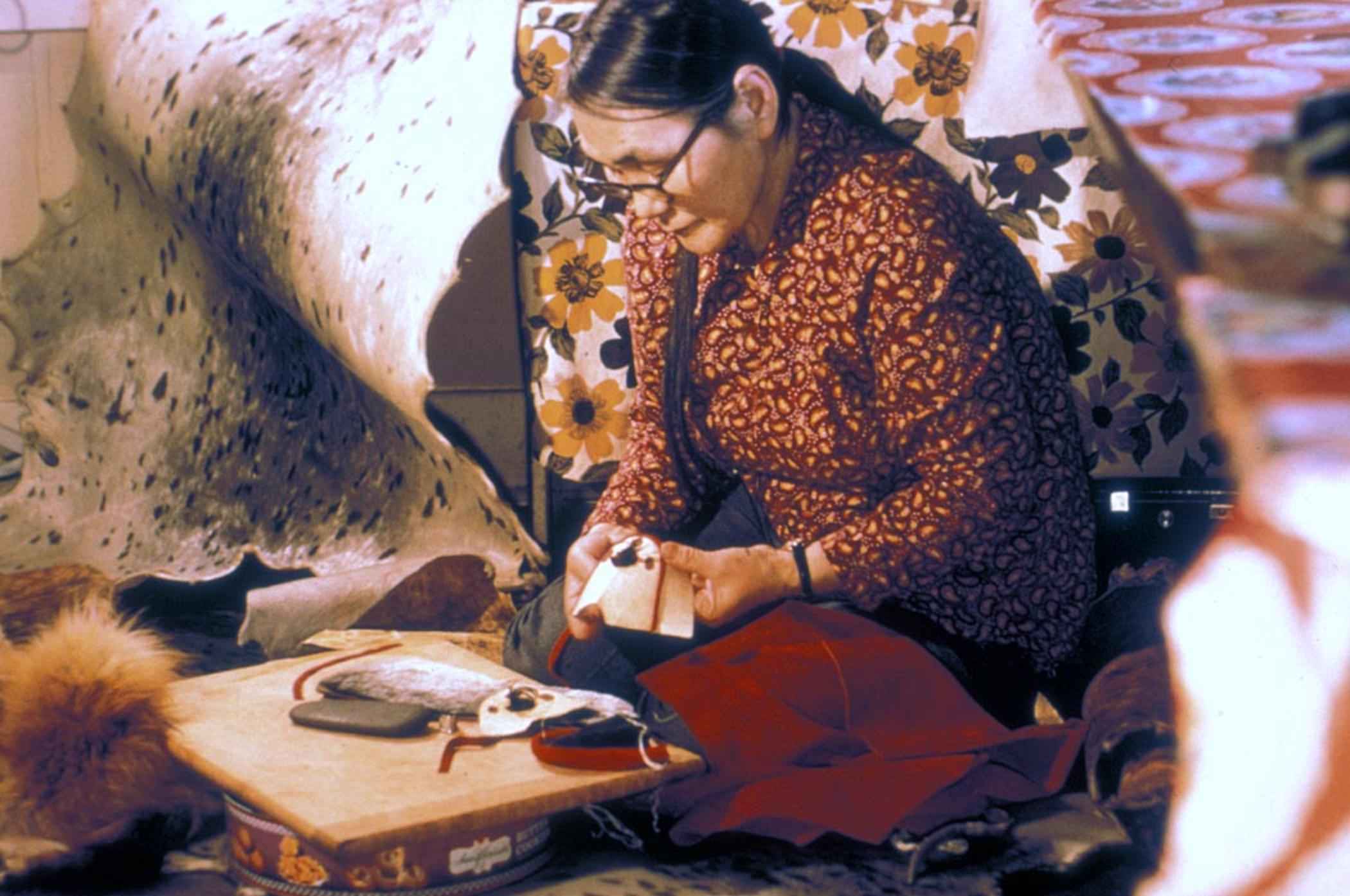Wage gaps in terms of gender and race have been around since the beginning of civilization. It wasn’t until the 1860s that the public raised their voice against this disparity in the U.S. under the rallying cry of ‘Equal Pay for Equal Work.’ This was spearheaded by women’s rights activists Susan B. Anthony and Elizabeth Cady Stanton, who made a case for bridging the wage gap in their newspaper, “The Revolution,” and in speeches such as ‘The Power of the Ballot to Bring Women Equal Pay for Equal Work.’
With the adoption of the Equal Pay Act in 1963, the next significant attempt to fix the disparity on a national level came two decades later. It made it illegal for businesses to pay male and female employees different wages for jobs that require equal ability, effort, and responsibility and performed under identical working conditions. It did, however, allow for a few exceptions, such as compensation packages based on seniority or merit.

When President John F. Kennedy signed the bill into law, he stated that paying men and women different rates for the same work was “an unconscionable practice,” noting that “the average woman worker gets barely 60% of the average wage for men.” A year later, in 1964, Title VII of the Civil Rights Act was enacted, making it illegal to make judgments based on race, color, religion, sex, or national origin.
However, gender and race disparity in pay has persisted in society and is larger for certain groups than others. Native women make 60 cents for every dollar made by white men. They have to put in additional 9 months of work to earn what a white man does in a year. This inequality needs to be brought to the forefront and awareness is the first step to it. Hence, September 8 of every year is dedicated to being Native Women’s Equal Pay Day.
According to nationaltoday.com. Source of photo: internet








